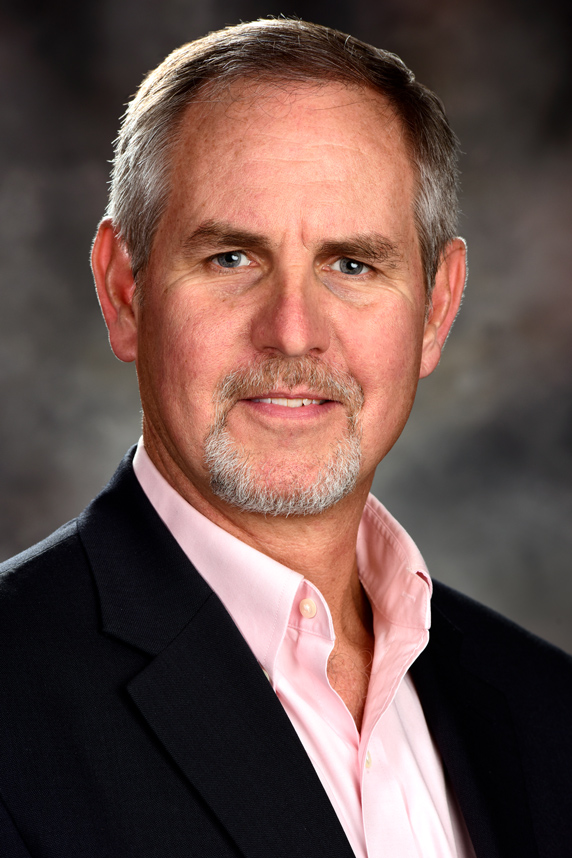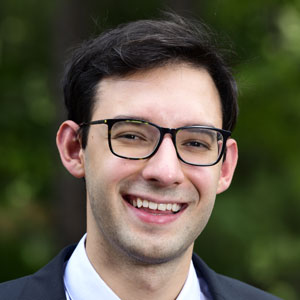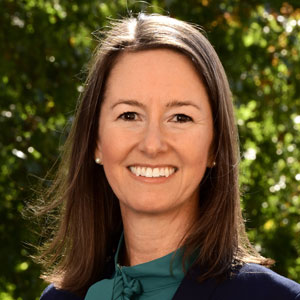When Brian Berridge, D.V.M., Ph.D., became Scientific Director of the NIEHS Division of the National Toxicology Program (DNTP) in 2018, he set out to advance research into how real-world environmental exposures affect disease outcomes in people. That required outside-the-box thinking and willingness to challenge the status quo.
 “Translation was a priority for me when I joined the organization, but I take no credit for shifting our focus to that area because our scientists and staff embraced the idea — it wasn't something I had to sell them on,” said Berridge. “There was a shared belief that since we are a public health organization, increasing our translational capabilities is critical.” (Photo courtesy of Steve McCaw / NIEHS)
“Translation was a priority for me when I joined the organization, but I take no credit for shifting our focus to that area because our scientists and staff embraced the idea — it wasn't something I had to sell them on,” said Berridge. “There was a shared belief that since we are a public health organization, increasing our translational capabilities is critical.” (Photo courtesy of Steve McCaw / NIEHS)“One thing I have promoted is that we can't lose sight of the ultimate stakeholder — the public,” said Berridge in a recent Environmental Factor interview.
“We often assess chemical hazards through rodent studies, and we increasingly use computational models and cell-based systems,” he noted. “However, at the end of the day, our organization aims to identify hazards to people, not to rats, mice, or computers. We seek to improve public health, so translating our work into human contexts is essential.”
Although traditional toxicological studies have protected people from many unintended harms, they are time-consuming and expensive, and, in some cases, they may not be relevant to humans, Berridge pointed out. Therefore, he said, it is critical to develop new approaches that result in more predictive, timely, cost-effective, and translatable findings.
Now, the division’s name reflects that focus. DNTP officially became the NIEHS Division of Translational Toxicology (DTT) Sept. 1. The new name builds on the momentum of the organization’s recently revamped research portfolio, which addresses major public health challenges and knowledge gaps through a translational lens.
Also, the name change helps to distinguish the division from the National Toxicology Program (NTP), which is an interagency partnership involving NIEHS, the U.S. Food and Drug Administration, and the National Institute for Occupational Safety and Health.
“As in the past, much of DTT’s work will support the National Toxicology Program, but the division will do this as a contributing partner rather than as a proprietor,” explained NIEHS and NTP Director Rick Woychik, Ph.D., in a message to employees.
New tools for new challenges
With strategic programs in areas such as cardiovascular health, developmental neurotoxicity, and occupational and inhalation exposures, to name just a few, DTT is poised to innovate in the years ahead, according to Berridge.
One priority is to develop and promote cutting-edge research tools involving artificial intelligence, machine learning, complex in vitro [cell-based] systems, organ chips, and more. A major goal is to help toxicologists study an ever-expanding number of chemical agents, which can enter the environment and potentially influence human health.
“Chemists are very productive scientists, and new substances are proliferating faster than we can test them in traditional ways,” said Berridge. He added that one challenge is to study mixtures and combinations of exposures, which better reflect real-world scenarios.
“We have to be able to use higher throughput [higher volume] approaches to rapidly characterize hazards and make predictive decisions about emerging environmental agents,” Berridge noted. “Such work will strengthen decision making at both the public health and individual levels.”
Precision toxicology
Going forward, the scientific knowledge generated through DTT’s translational research will advance precision toxicology, whereby hazards from environmental exposures are understood in terms of an individual’s unique susceptibility and biological makeup, according to Berridge.
 “Studying mixtures is important because there is growing recognition that looking at a chemical in isolation does not advance knowledge about the complex exposures people experience in everyday life,” said Berridge. (Photo courtesy of LookerStudio / Shutterstock.com)
“Studying mixtures is important because there is growing recognition that looking at a chemical in isolation does not advance knowledge about the complex exposures people experience in everyday life,” said Berridge. (Photo courtesy of LookerStudio / Shutterstock.com)“We want to extrapolate our findings in more personalized ways,” he said. “For example, we might say, ‘Okay, we have studied the hazards of a particular substance in a healthy young rodent model, but what does this mean in the context of someone who is not young but more mature, or someone who already has cardiac disease or liver disease?’”
Berridge noted that DTT’s portfolio has become more sophisticated, allowing for greater insight into an increasing number of biological contexts at the individual level. But much work remains.
“This is where DTT’s efforts to strengthen our predictive capabilities and expand our methods — including nonanimal approaches — will become crucial,” he said.
“The aim is to get to a place where we can generate fundamental mechanistic information, reduce reliance on rodent studies, and actually have a better ability to predict hazards in a broad range of people with varying levels of susceptibility and comorbidities,” Berridge noted.
Innovation incubator
According to Berridge, DTT is well positioned as an “innovation incubator” because of its organizational flexibility, resources, and new focus on translational research.
“I truly believe that we can push the envelope in how we do toxicology so that others — including regulators and the public — can gain confidence that new approaches we develop will provide meaningful information about real-world exposures,” he said.
“Also, I should add that training is a big part of our mission,” Berridge noted. “Ultimately, we see ourselves as a place where researchers can come and learn applied, team-based science, and a place where they are encouraged to think outside the traditional box.”









